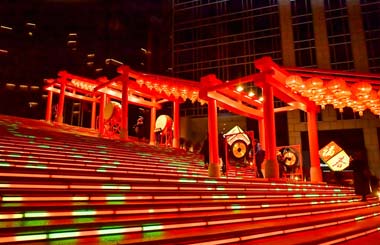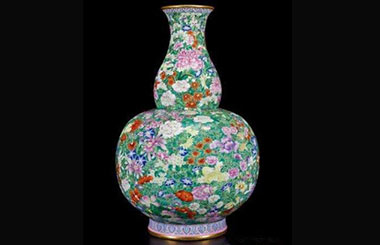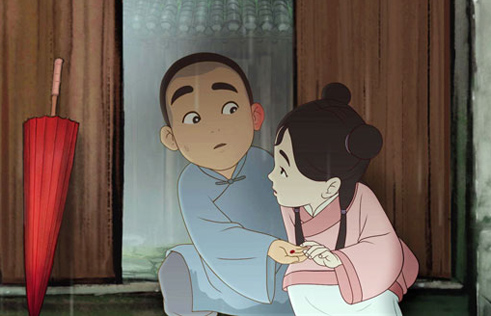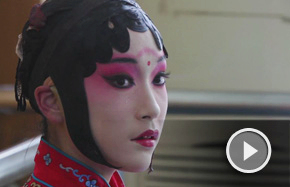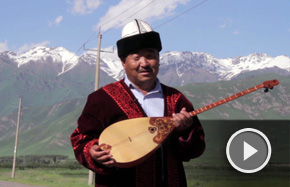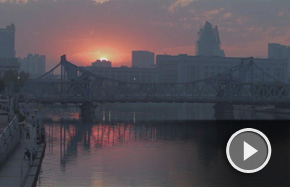Northeast China's Tonghua eager to promote its unique tourism
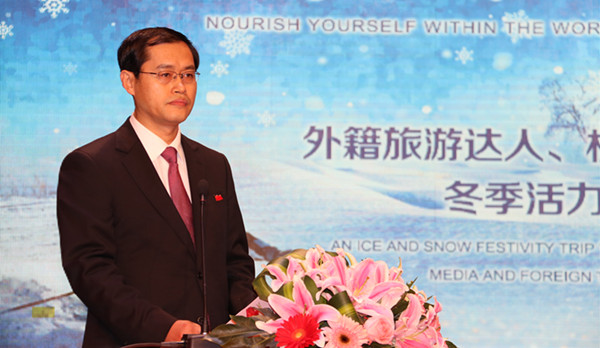 |
|
ZhengWeimin, vice mayor of Tonghua city, delivers a speech at the launch ceremony of the event in Tonghua, Jilin province, Jan 18, 2017. [Photo provided to chinadaily.com.cn] |
A group of foreign tourism enthusiasts and Chinese journalists are nearing the end of a short trip to Tongua city in Northeast China's Jilin province. The"Nourish Yourself within the World, Enjoy Attractions in Tonghua" event ends Saturday, with participants experiencing local culture and the area's natural beauty, while the country's Spring Festival draws near.
Foreigners from the US, Nepal, Maldives, Tunisia, Ecuador, Bangladesh and India are visiting natural and historical sites in Tonghua city, including the Koguryo cultural ruins in Ji'an county, the Korean folk village in Liangshui, the mountain grape wine museum and the geological wonder Yunxia Cave. They also learned how to make traditional sticky rice cake, cold noodles and dumplings, as well as experienced ice and snow sports.
A series of activities to promote Tonghua's tourism under the theme of "A trip to Tonghua with authoritative media and foreign tourism enthusiasts" is scheduled to be held over four seasons, and this event in winter serves as a start. The event, co-hosted by the Tonghua Tourism Bureau and Ecological China Channel of CRI online, aims at promoting Tonghua's unique tourism resources.
ZhengWenmin, vice mayor of Tonghua city, said that the event is the first step in promoting Tonghua's four seasons' tourism in 2017, and he hopes that the tourism industry in Tonghua will be a strong impetus in driving forward Tonghua's green development.
Tonghua, a city on the border of the Democratic People's Republic of Korea, is in the southeastern part of Jilin province, which is also a well-known medical city, grape wine city and ecological city. Boasting ice and snow resource, it is also famed for its long history of ice sports. Tonghua also has the only UNESCO world heritage site in Northeast China, the capital cities and tombs of the ancient Koguryo Regime.









